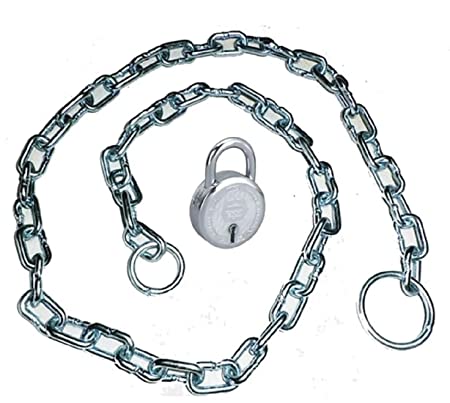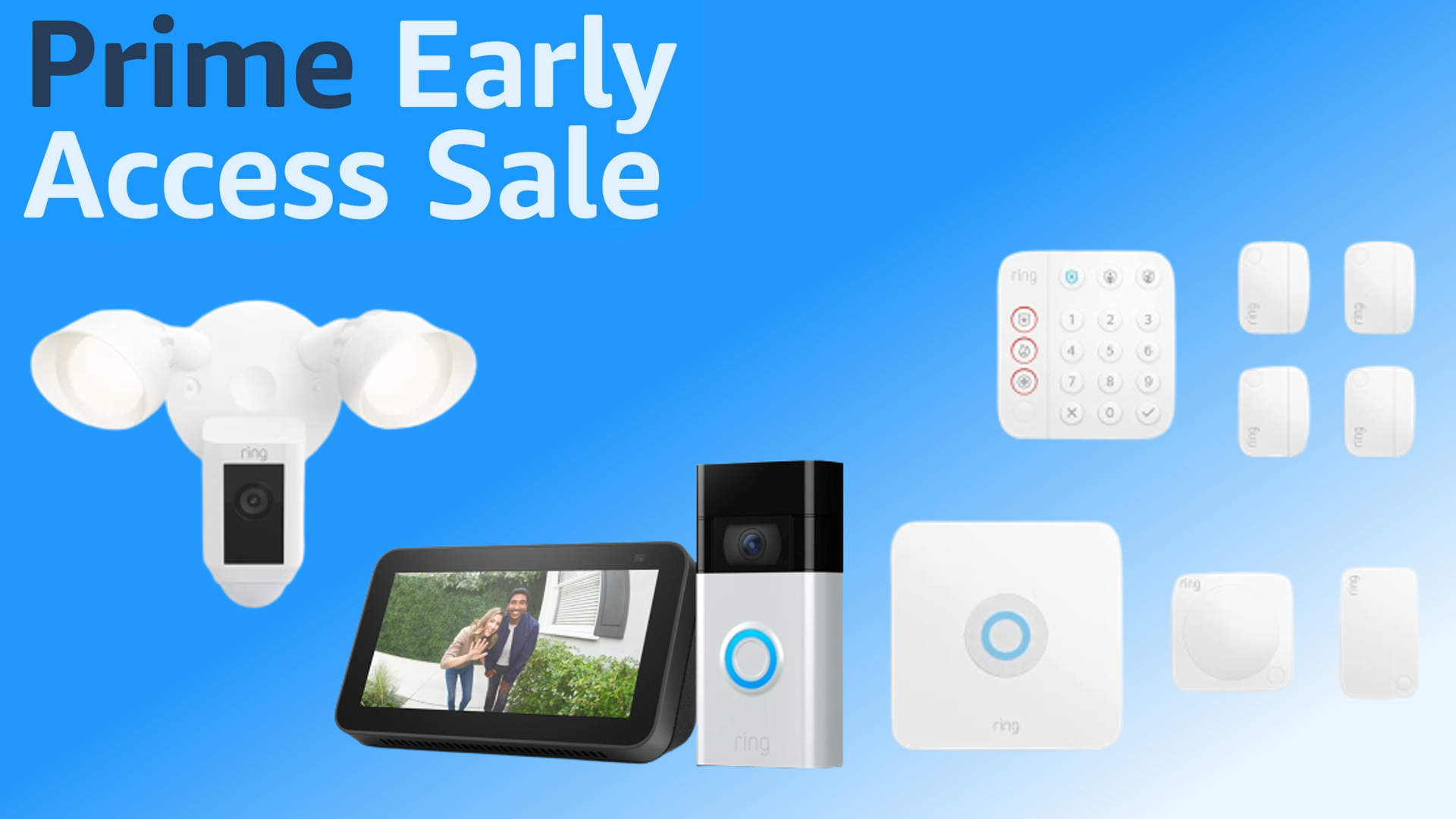
You can prevent unauthorised entry by installing burglar bars on doors. These types doors serve two purposes: security and visual deterrence to robbers. However, these devices come with some limitations. One of the disadvantages of using these devices is the inability to easily remove them. This can pose a serious safety risk for occupants in a building.
This problem was solved by a new device. This device can be used to provide fire and law enforcement personnel with an easy and quick way to enter a building through a break-in bar.
The idea for the present invention came out of the need to quickly remove windows and burglar bars. Its design can easily be adapted to various sizes and weights.
The device is characterized by a massive body, which is suspended from a lower level. The device also includes an attached chain. To remove a part of the door, pull the device by pulling on the chain.

The chain can be made of a variety of materials, including wire, cable, and rod. It is also possible to use longer, stronger members. You should use tamperproof screws to keep the bar in its place. Tamper-resistant screws can be more difficult than other screws to remove and can make a loud sound if they are tried.
Other features include a locking mechanism. The device won't work if the locking mechanism isn't properly secured. The device must be removable without damaging the frame.
The device also has the ability to be transported in a passenger vehicle. It can also be secured around a particular part of burglar bar windows or doors. These features make it ideal for use in tight spaces such as hallways and other narrow spaces.
It can be assembled by law-enforcement personnel. Alternative embodiments of the device combine individual components and multiple chains to make a more robust and flexible security system.
The device can be cleaned with damp cloth, not like traditional burglar bars. It is also simple to install. It is therefore a wise investment.

Aside from providing law enforcement personnel and fire department personnel with a convenient way to access a building, the device can also be useful for people who want to quickly remove a bar from a door or window. For example, a thief or intruder may attempt to remove the bar from a window, but will not be able to because the security screws are nearly impossible to remove. Intruders or thieves can use this to make loud noises to try to break the glass.
The device can also be used by one person at a time. The device must still be within close proximity to the window or door.
FAQ
Can I install a security camera by myself?
Yes! If you are competent and have the right knowledge, you can install your own home alarm. If you don’t want to hire someone to do it, they will be able help you.
What is the simplest home security system you can install?
These systems are considered the most effective for home security and do not require any type of installation. These are "plug-and-play" systems that work like magic. Just plug them into the power outlets and connect to the internet via a router wireless. Once everything is connected, you will be able control it from anywhere in the globe.
Motion sensors can be set up to sound an alarm
There have been motion sensor alarm systems for decades. They have grown in popularity due to increasing burglaries and thefts. These devices are expensive and don't work well in cabinets. If you are looking to protect your home from potential intruders, a motion sensor alarm system might be worth considering.
Statistics
- Depending on your insurance, 24/7 professional monitoring may qualify you for as much as 15% off your premium. (safewise.com)
- Cove sets you free without punishing penalties and fees, unlike other security solutions that charge 75% to 100% of your remaining contract. (safewise.com)
- That's probably why Cove has a whopping 98%* customer retention rate. (safewise.com)
- Depending on your insurance, 24/7 professional monitoring may qualify you for as much as 15% off your premium. (safewise.com)
External Links
How To
How to Install a Home Security System
A home security system monitors your property and alerts if there is any activity. It could be motion sensors, doorbell cameras, smoke detectors or burglar alarms. A home security system is usually composed of one or several sensors (e.g. motion detectors), that send signals when there's movement or sound. The signals are then sent by the sensors to a control center where they are recorded and monitored. If there's something wrong, like someone breaking into your house, the control panel sends out an alert to your phone, tablet, computer, or voice assistant. You'll know what's going on and can take action immediately.
You must first choose the right kind of sensors for you home in order to install a home alarm system. There are two main types, passive and active. Passive sensors don’t require batteries. They only pick up sounds, vibrations and other signals from their environment. These sensors include sirens, buzzers, and doorbells. Active sensors use electricity for data transmission. This type of sensor can be found in cameras and motion sensors.
There are many types of sensors on the market today. Each brand comes with its own pros and cons. For example, some sensors are weatherproof, while others aren't. Some of them have built in speakers so that you can still hear them from outside. Others work only inside. Some of these are very basic, while others have advanced features such night vision.
After choosing the best sensor type for your property you can choose a manufacturer. This will ensure that all your sensors work together. You will find many options in your local hardware store.
Once you have decided on a brand to use, it is time to decide on how many you want. Most people start with one or two sensors, depending on whether they live alone or with family members. If you have plans to purchase additional sensors in the future, it might be worth buying more than you currently need.
Next, you'll need to figure out where you want to place your sensors. Are you looking for them to be near doors or windows? Or do you prefer having them hidden away? Make sure you get permission before placing them around your property. It is important to ensure they do not interfere with electrical outlets.
Once you have determined where your sensors should be placed, you will need to find a way to connect them with your control panel. A power adapter or battery package may be required depending on your setup. Once everything is set up, it's time to start monitoring your property.